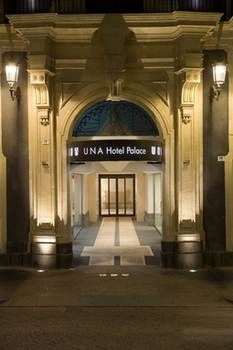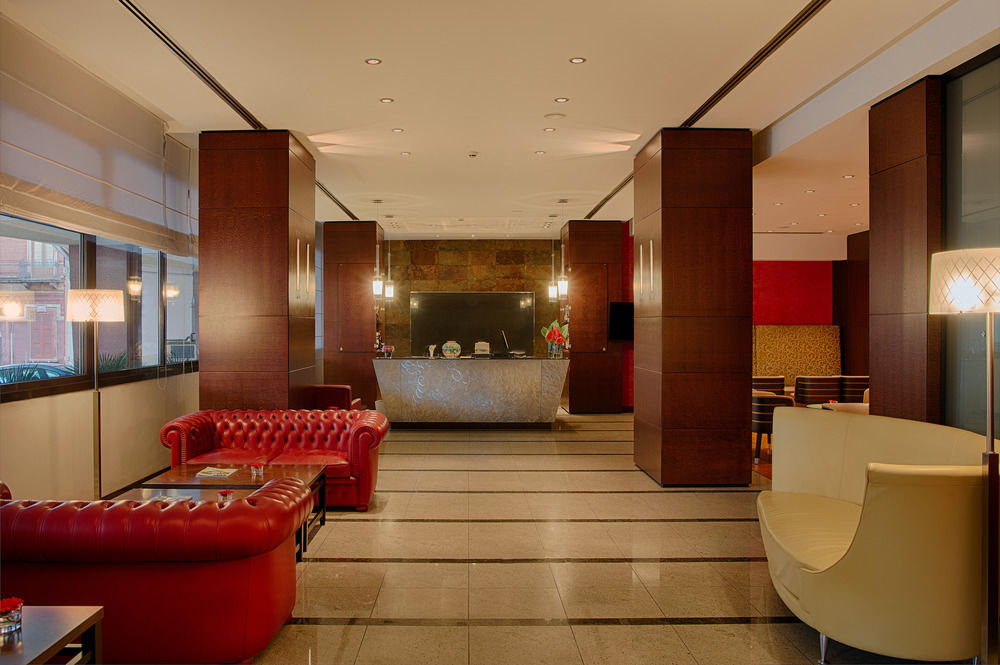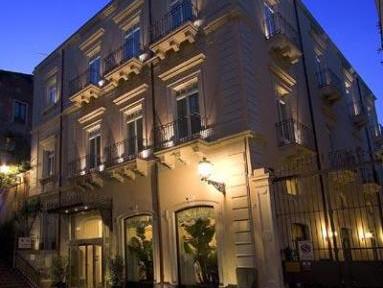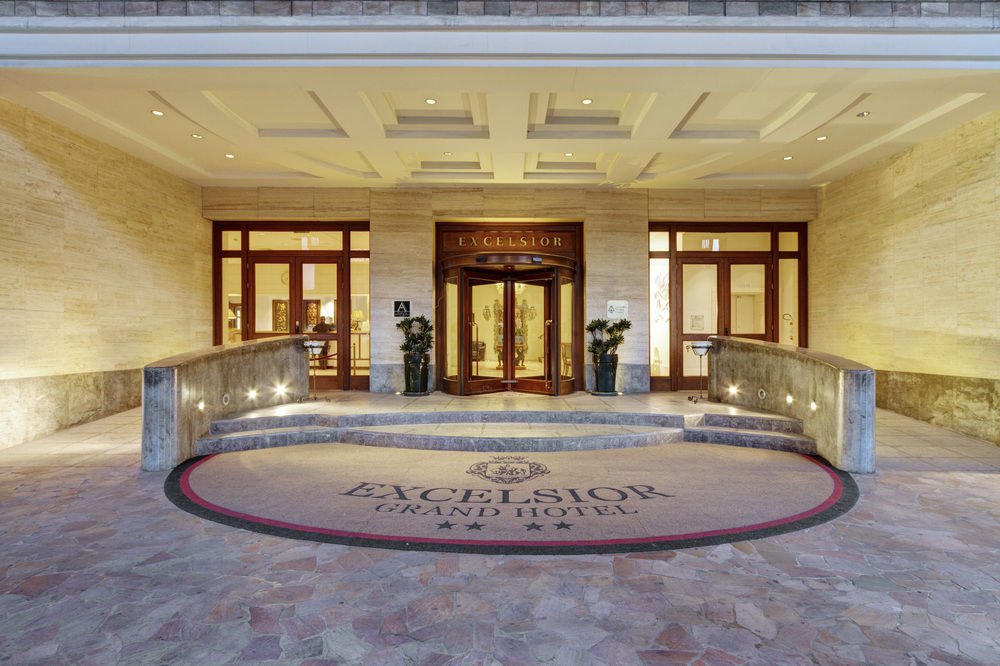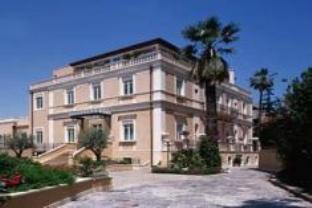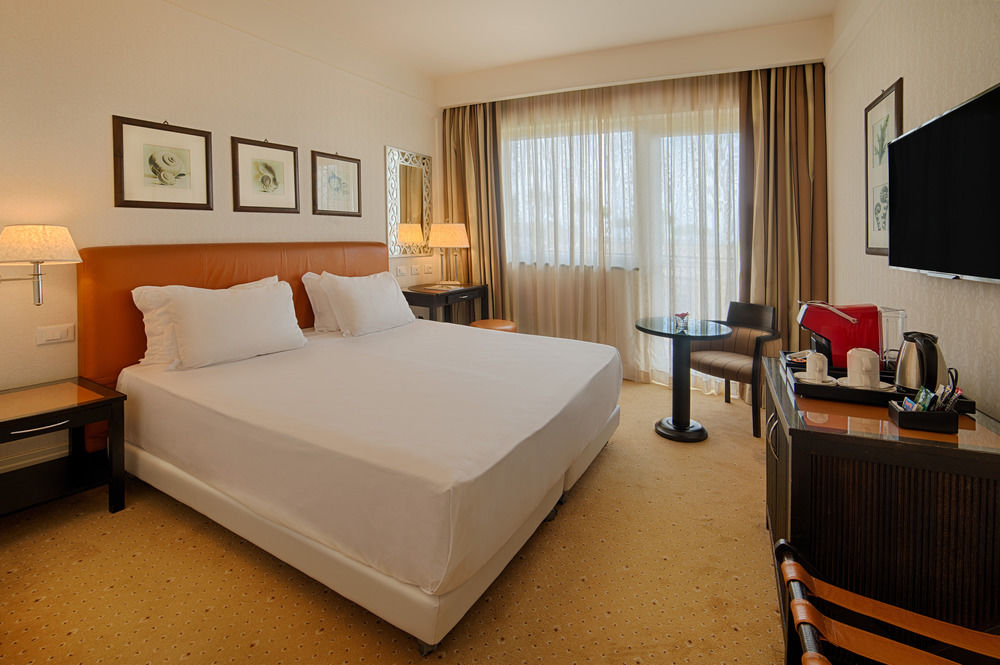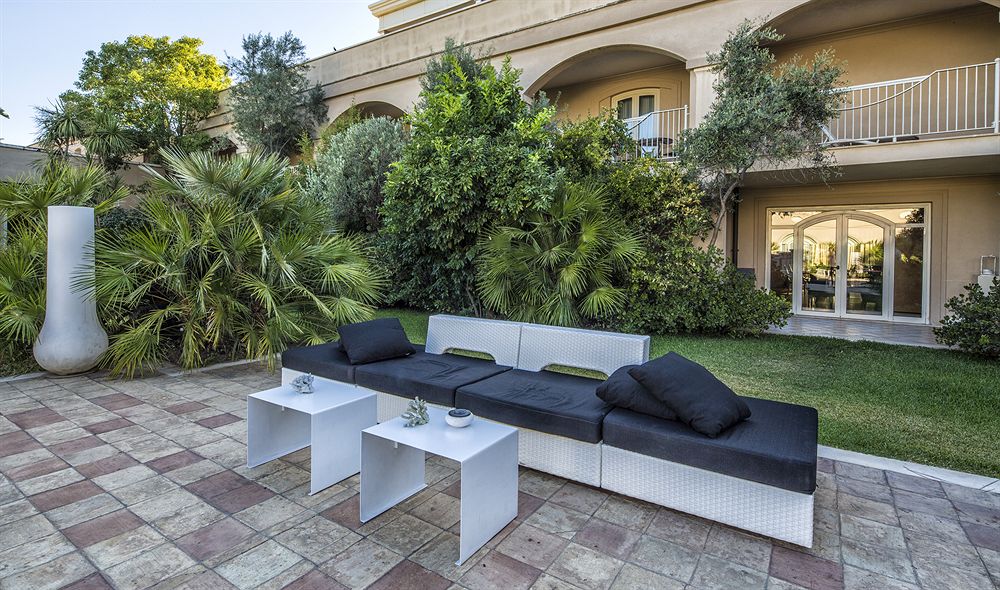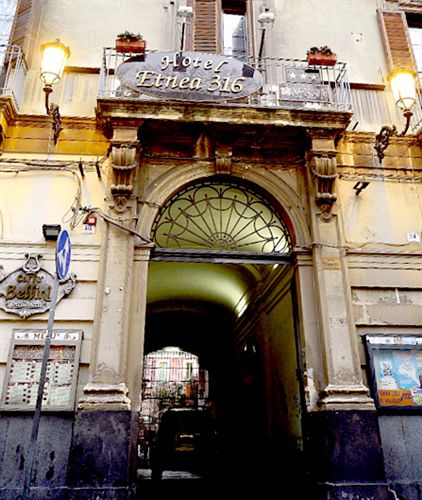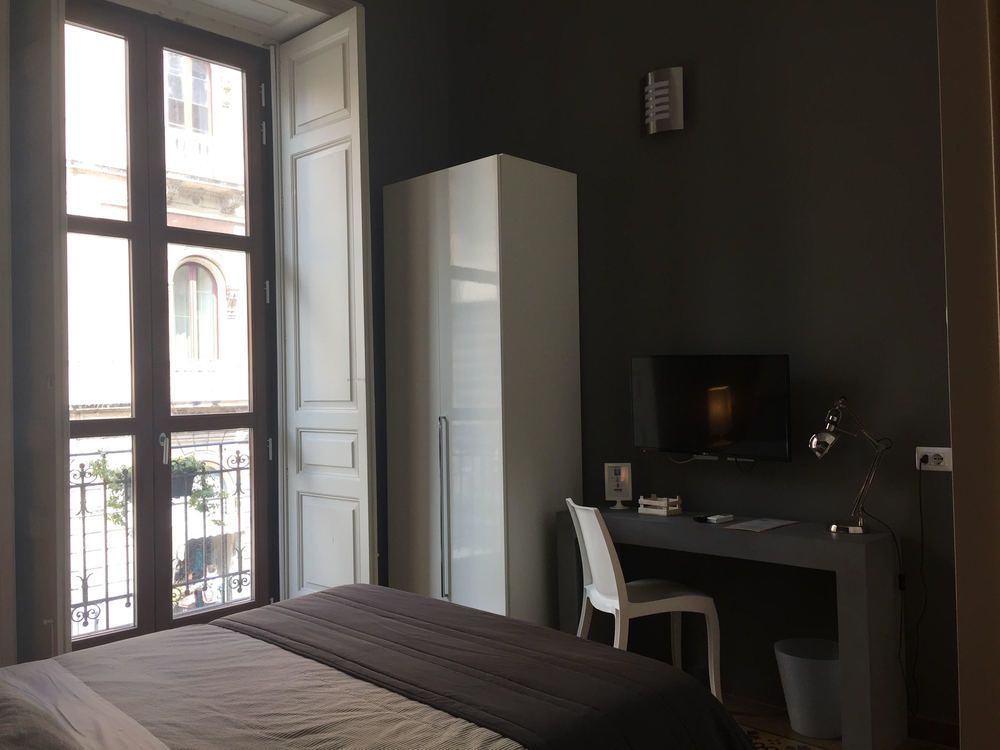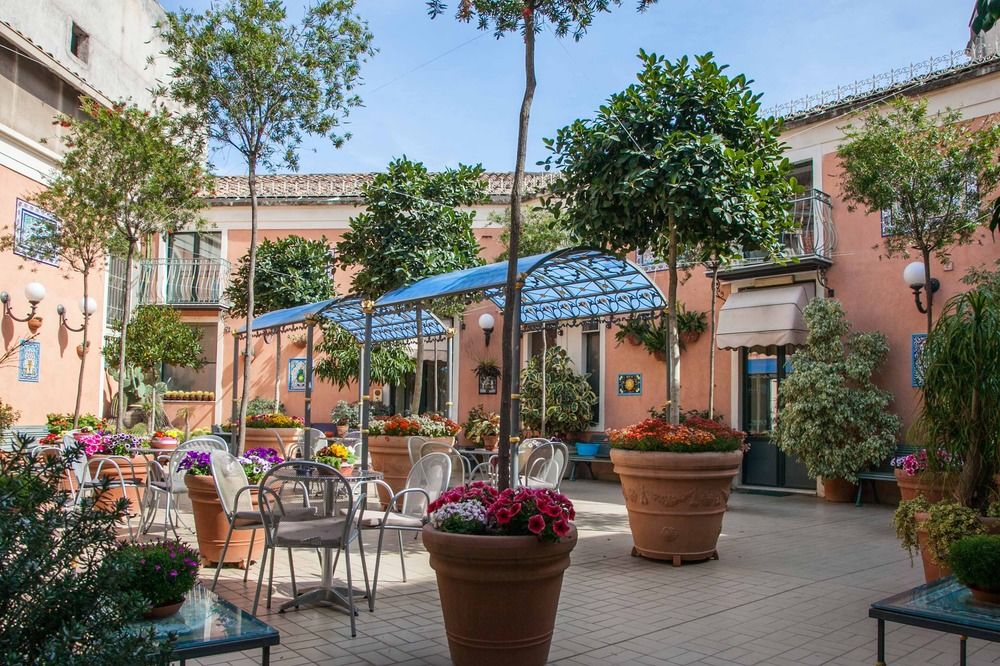
Find hotels in Catania
Lowest prices detected by AI for hotels
Best
Cheapest
Star Ratings
AI Recommended
Best Hotels In Catania
Cheapest Hotel Deals in Catania
Top Rated Hotels
5 Star Hotels in Catania
4 Star Hotels in Catania
3 Star Hotels in Catania
AI-recommended Destinations
Where to stay in Catania
More About Catania
“The volcanic city of the classic Baroque architect”
Catania (Italian: [kaˈtaːnja] ( listen)) is the second largest city of Sicily after Palermo located on the east coast facing the Ionian Sea. It is the capital of the Metropolitan City of Catania, one of the ten biggest cities in Italy, and the seventh largest metropolitan area in Italy. The population of the city proper is 320,000 while the population of the city's metropolitan area, Metropolitan City of Catania, stood at 1,116,168 inhabitants.
Catania was destroyed by catastrophic earthquakes in 1169 and 1693, and by several volcanic eruptions from the neighbouring Mount Etna, the most violent of which was in 1669.Catania was founded in the 8th century BC by Chalcidians. In 1434, the first university in Sicily was founded in the city. In the 14th century and into the Renaissance period, Catania was one of Italy's most important cultural, artistic and political centres.The city is noted for its history, culture, architecture and gastronomy. Its old town, besides being one of the biggest examples of baroque architecture in Italy, is a World Heritage Site, protected by UNESCO.
Catania has been a native or adoptive homeland of some of Italy's most famous artists and writers, including composers Vincenzo Bellini and Giovanni Pacini, and writers Giovanni Verga, Luigi Capuana, Federico De Roberto and Nino Martoglio.
The city is the main industrial, logistical and commercial center of Sicily. It is the home of the Catania-Fontanarossa Airport, the largest in Southern Italy.
 Time UTC+02
Time UTC+02 Currency EUR
Currency EUR Languages Italian, German, French, Slovene
Languages Italian, German, French, SloveneWhat’s Special about Staypia?
Compare hotel prices in real-time
AI finds you the lowest price for hotels in Catania.
Lowest price for 3.16M hotels worldwide
Book with up to 31% extra discounts only for Staypia members.
Travel bucket list for Catania
Plan your trip with over 17K 'must see' recommendations for Catania
Frequently Asked Questions
The best hotels in Catania are Catania International Airport Hotel, Palace Catania UNA Esperienze, NH Catania Centro.
The best 5 star hotels in Catania are Romano Palace Luxury Hotel. Search for the most highly rated hotels in Catania
The most highly rated hotels in Catania are Palace Catania UNA Esperienze, Best Western Hotel Mediterraneo, Liberty Hotel Catania.
Generally, room reservations are subject to a free refund until the cancellation deadline. Fees may apply after the cancellation deadline, so please check the cancellation deadline on your hotel voucher or in Menu > My Reservation.
If you’re a frequent traveler, Staypia is the best place to get the best hotel deals. You can book hotels with the lowest price of 3.16 million hotels collected by AI, and receive additional discounts for members only.
